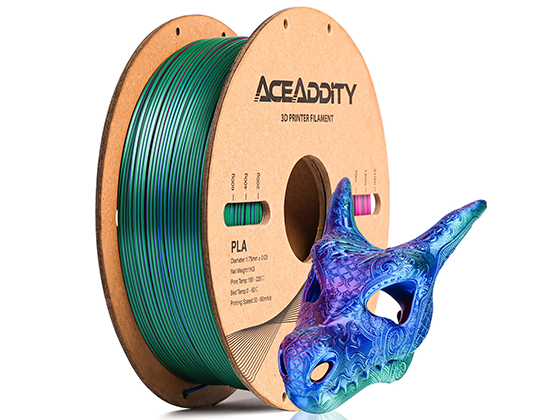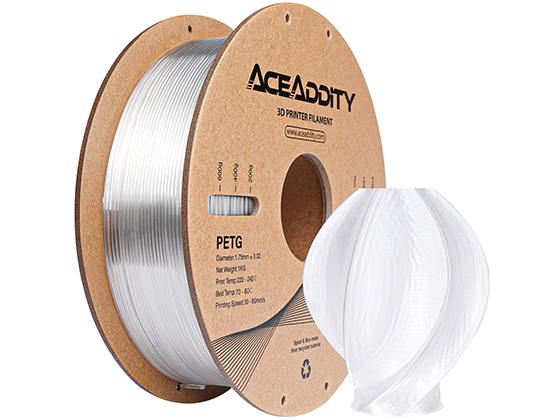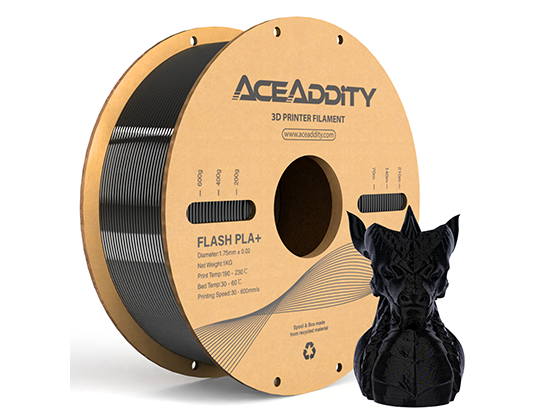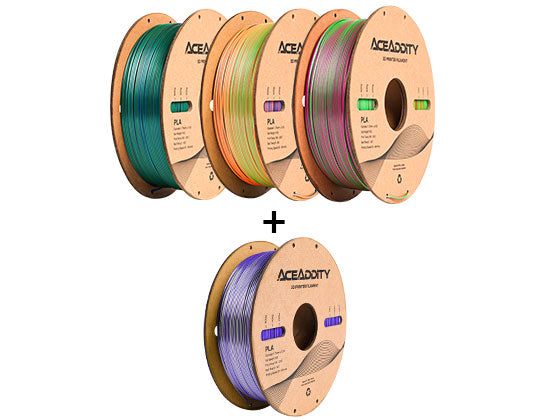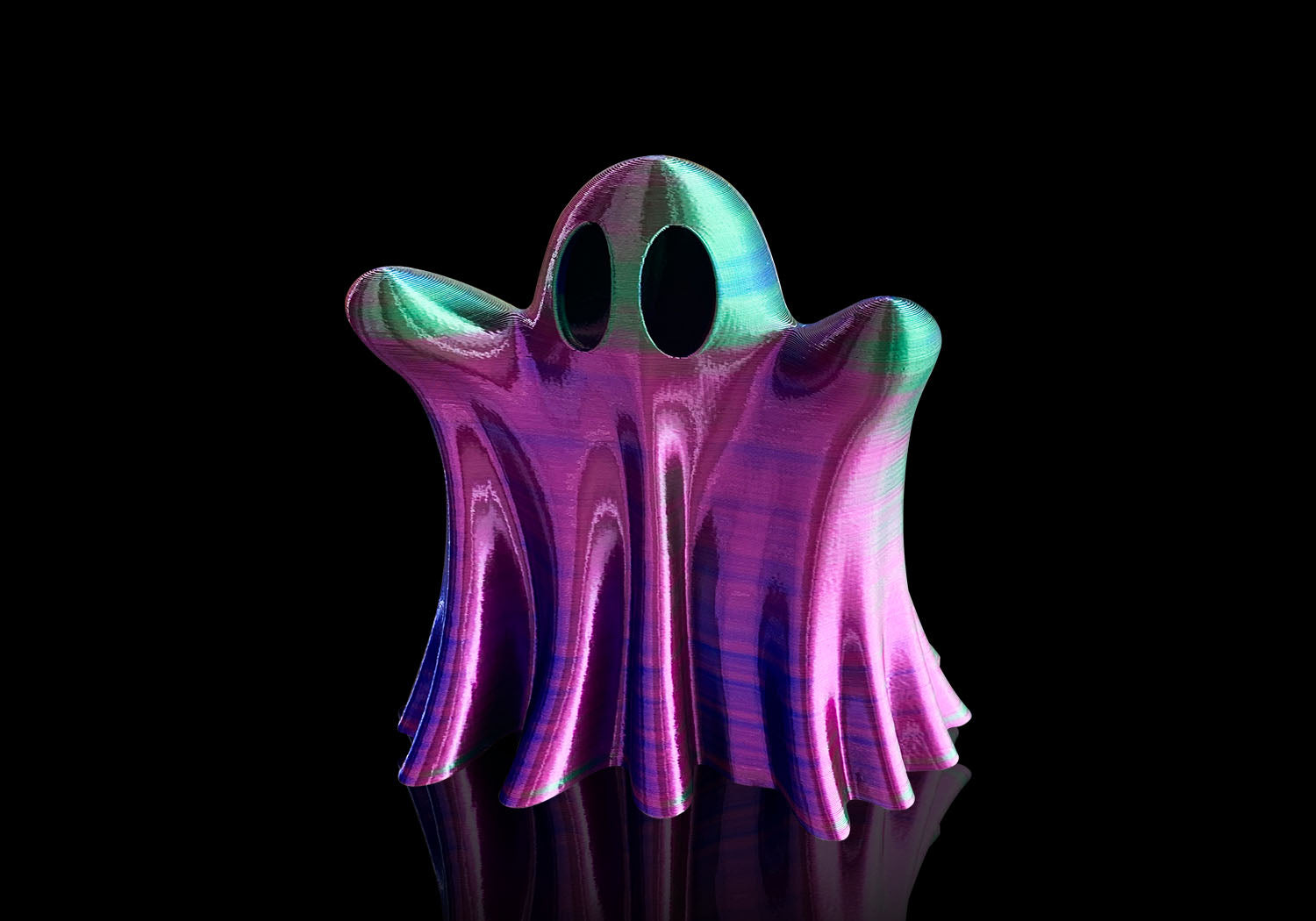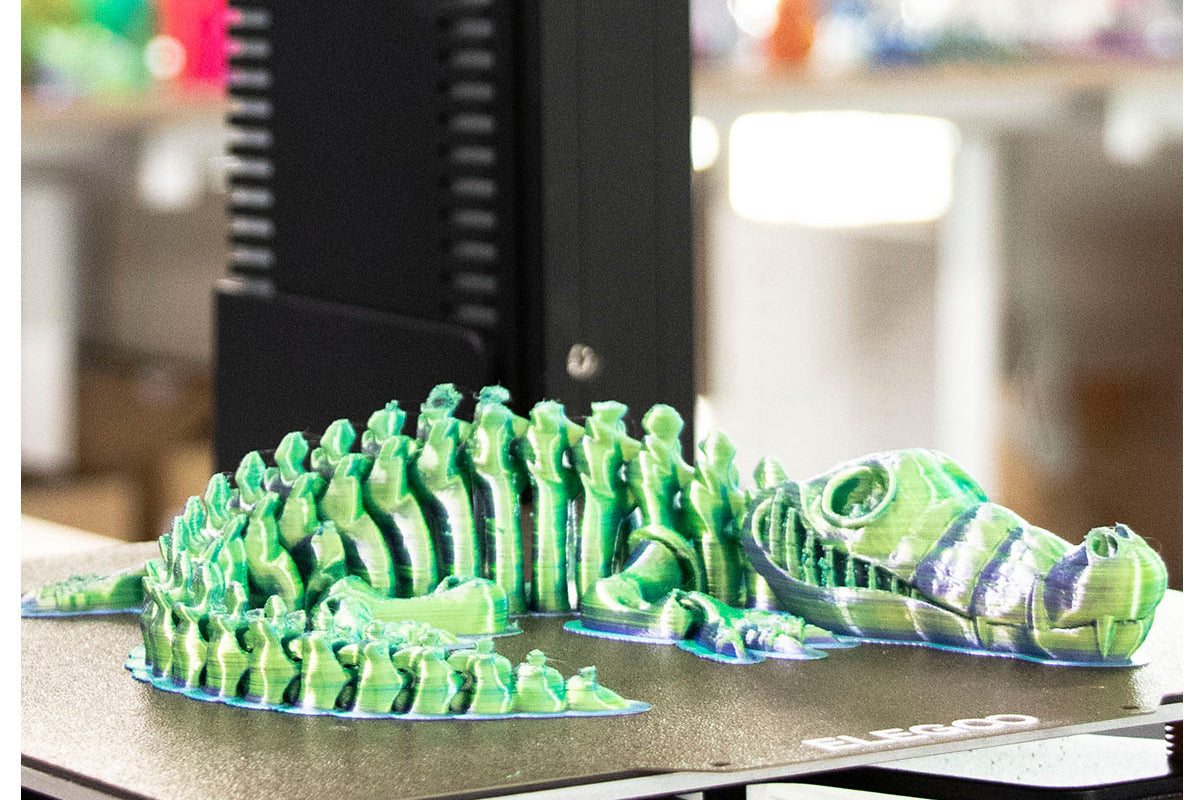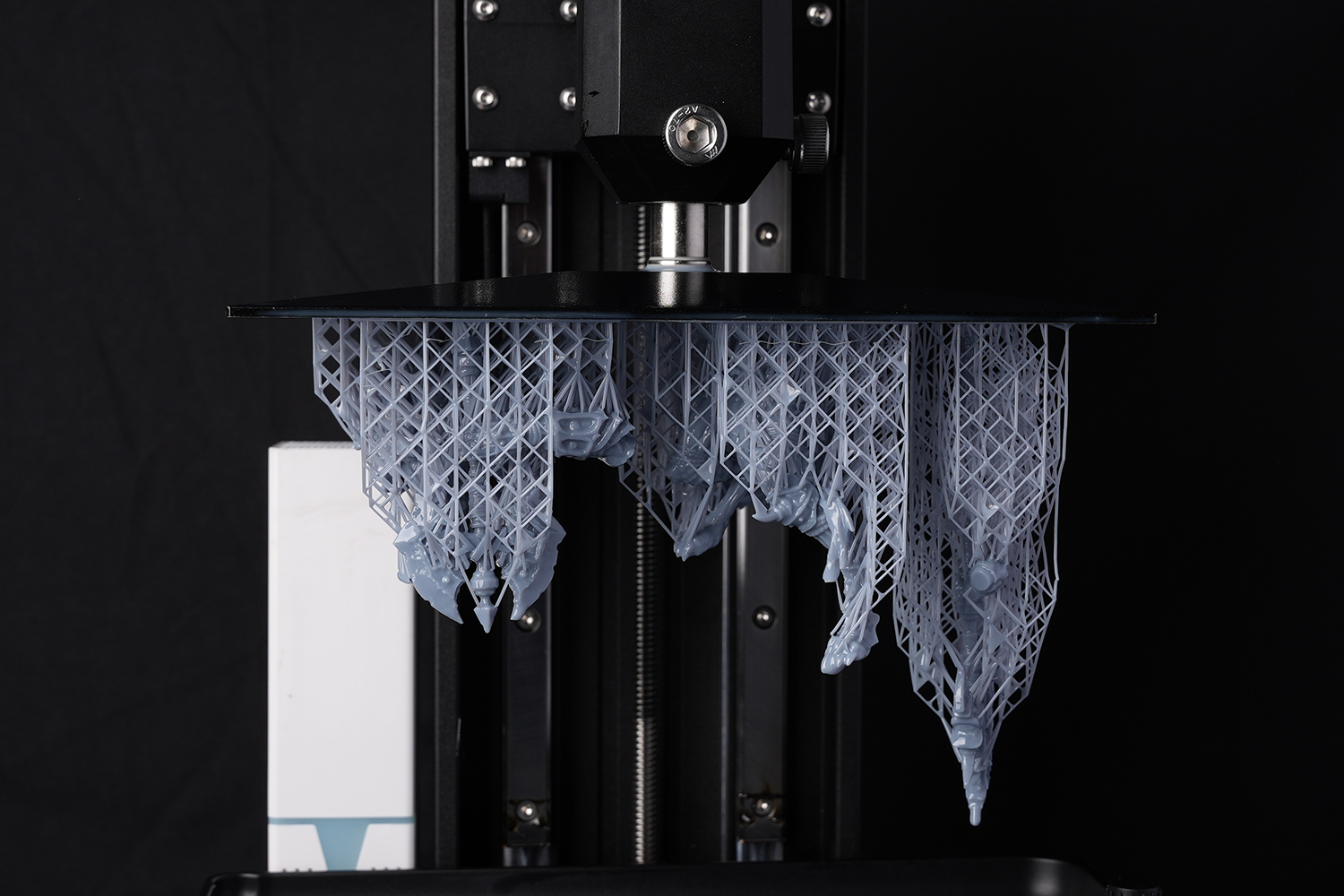3D printing has been a game-changer for various industries, from manufacturing to healthcare, and education. Among different 3D printing technologies, Fused Deposition Modeling (FDM) is the most widely used technology. It uses a thermoplastic filament, commonly known as wire, which is melted and deposited layer by layer to form a 3D object. In this blog, we will discuss the basic knowledge of filament used in FDM 3D printing and compare the differences and advantages of FDM printing with 3D resin printing.
Basic knowledge of filament used in FDM 3D printing:
Wire or filament is the most crucial material used in FDM 3D printing. It is a thermoplastic material that is fed into the printer's extruder, which then melts and deposits it layer by layer to form the object. The quality of wire used in 3D printing plays a significant role in the final product's quality. Here are some essential factors that need to be considered when selecting a filament for 3D printing:
- Material:
- Diameter:
- Quality:
Advantages of FDM printing over 3D resin printing:
FDM printing has some significant advantages over 3D resin printing. Here are some of them:
- Cost-effective:
- Material choice:
- Strength and Durability:
FDM printed parts are stronger and more durable than 3D resin printed parts. The wire used in FDM printing is a thermoplastic material that is more resistant to impact and heat. The final product is also less brittle and can withstand more stress.
Conclusion:
Fused Deposition Modeling (FDM) is the most widely used 3D printing technology. Wire or filament is the most crucial material used in FDM printing, and its quality plays a significant role in the final product's quality.


